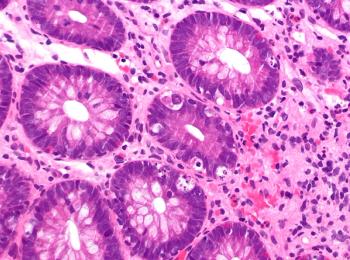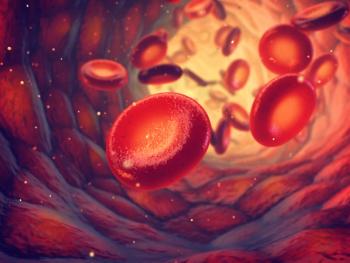
Immune Cell Protein Expression Could Offer Predictive Biomarker in CML
Expression levels of CD62L and related immunologic markers are correlated with treatment responses and outcome in patients with CML, according to a new analysis. The markers could have prognostic value if validated in other cohorts.
Expression levels of L-selectin (CD62L) and related immunologic markers are correlated with treatment responses and outcome in patients with chronic myelogenous leukemia (CML), according to a new analysis. The markers could have prognostic value if validated in other cohorts.
Based on several previous lines of research, tyrosine kinase inhibitor (TKI) “therapy before treatment discontinuation may affect treatment-free remission not only by its direct anticlonal activity but also via immunologic effects,” wrote study authors led by Dominik Wolf, MD, of University Clinic Bonn in Germany. Dasatinib in particular has been studied as to its immunologic effects, but there was previously limited evidence on whether nilotinib modifies immune cell function in CML patients.
The new analysis was based on patients in the ENEST1st trial; it included 52 nilotinib-naive patients with chronic phase CML. The results were
At baseline, fewer than 20% of CD4+ T cells were positive for CD62L. After 6 and 12 months of therapy with nilotinib, 70% CD62L-expressing T cells were detected. This was similar for CD8+ T cells, with only 2.8% expressing CD62L at baseline and 40% after therapy. The authors also compared CD62L expression to that in healthy volunteers, and found that only one-third of CML patients were in the normal range.
Low CD62L expression was correlated with several clinical variables, including lower Sokal score (r = –0.32; P = .0018); spleen size (r = –0.309; P = .005); bone marrow blasts (r = –0.215; P = .0465); and peripheral blood blasts (r = –0.343; P = .001).
Patients in the upper half of CD62L expression levels were more likely to achieve MR4 at month 18 of the study (62.5%) vs those in the lower half of expression levels (13%). Molecular responses occurred earlier in the higher expressing patients as well.
The authors also tested soluble CD62L levels, and showed that the level of CD62L on T cells was directly correlated with the extent of the soluble form. The enzymatic activity of TACE, which cleaves membrane-bound CD62L, was also elevated before nilotinib treatment; it dropped to lower levels after therapy began.
These finders were then validated in 21 patients with newly diagnosed CML in the TIGER study. Again, they found that CD62L levels were correlated with molecular response.
“Confirmatory prospective studies are required to validate these findings, including later CML phases and other TKIs used for CML treatment,” the authors wrote. “Most importantly, diagnostic [soluble] CD62L levels are related to relevant prognostic disease characteristics and can predict MR.”
Newsletter
Stay up to date on recent advances in the multidisciplinary approach to cancer.

















































































